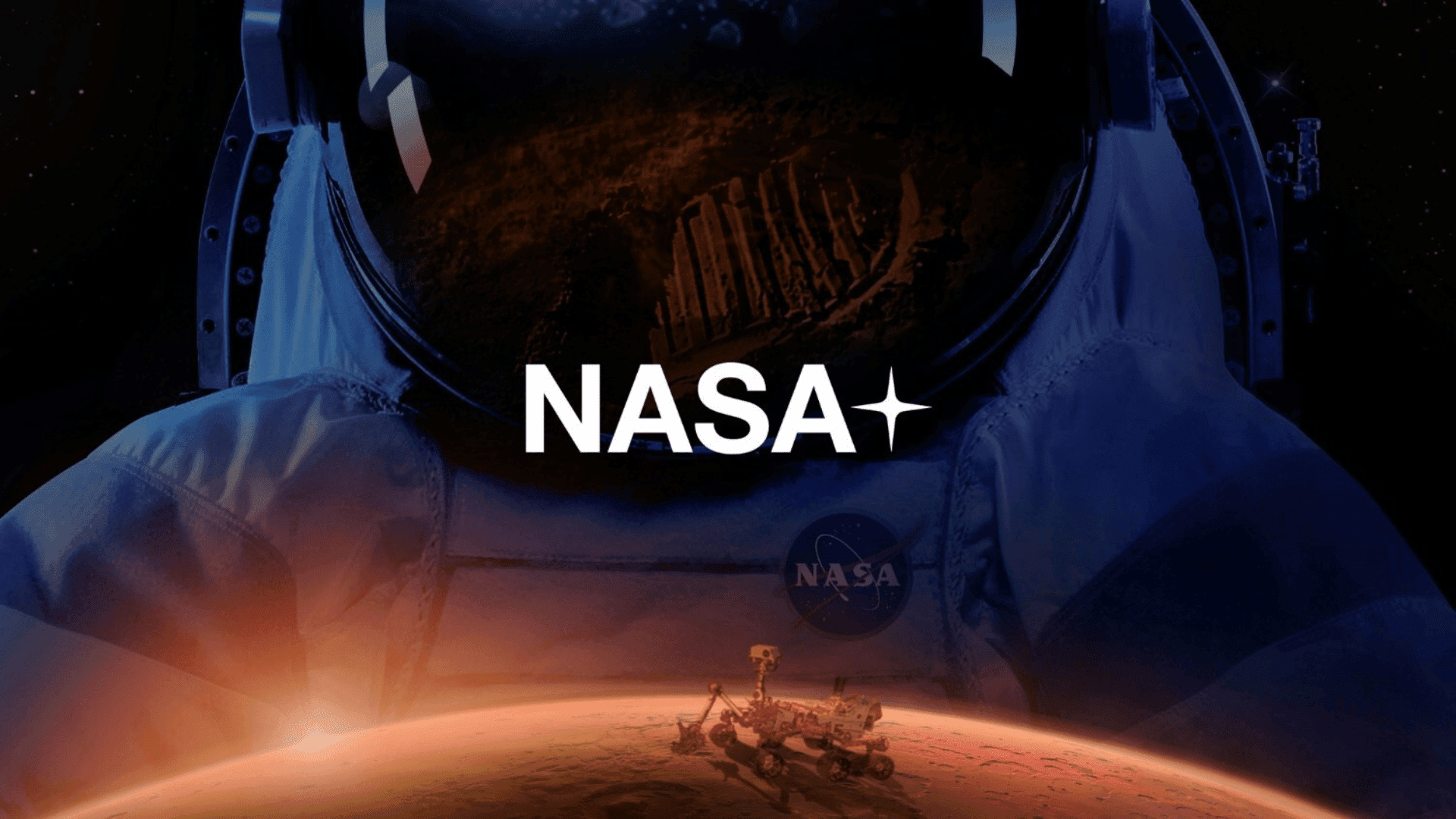You’re standing on a hilltop and you see layers of pure white filling every hill as far as the eye can see. The flecks blow in the breeze as you trudge through, your feet brushing against the cool ground. It may sound like we’re describing a snowy mountaintop, but this is really the look and atmosphere of the White Sands National Park.

This park contains 275 square miles of gypsum dunes spiraling in wavelike patterns in the heart of New Mexico. This desert is particularly unique because gypsum is rarely found as sand due to the fact that it dissolves in water. It is said that the gypsum could’ve been found at the bottom of a large lake millions of years ago. Wait… didn’t we just say it was water-soluble? The idea is that it was able to survive at the bottom of the lake because it was being created at a faster rate than it was dissolving. Then, due to the isolation and weather patterns in the Tularosa Basin, it was able to spread out in large quantities over a vast desert.
Because the sand is gypsum rather than the typical silica, the sand itself is clear and only appears snow-white because of the particles constantly scratching one another. The temperature and weather patterns of the unique ecosystem are unpredictable and extreme. It can maintain extremely high temperatures during daytime hours even throughout the fall. However, unlike typical desert sand, gypsum doesn’t absorb the sun’s heat. So even on the hottest summer days, the sand remains cool and comfortable. Dust storms can be frequent and the evening weather can reach shockingly cold temperatures.

The wildlife is also unique, and not simply for the creatures that have formed and adapted to the extreme temperatures. Between 1969 and 1977, 93 African Oryx (a species of antelope from South Africa) were imported from the Kalahari desert to the White Sands National Park. Today there are more than 3,000 of this species wandering the desert.







